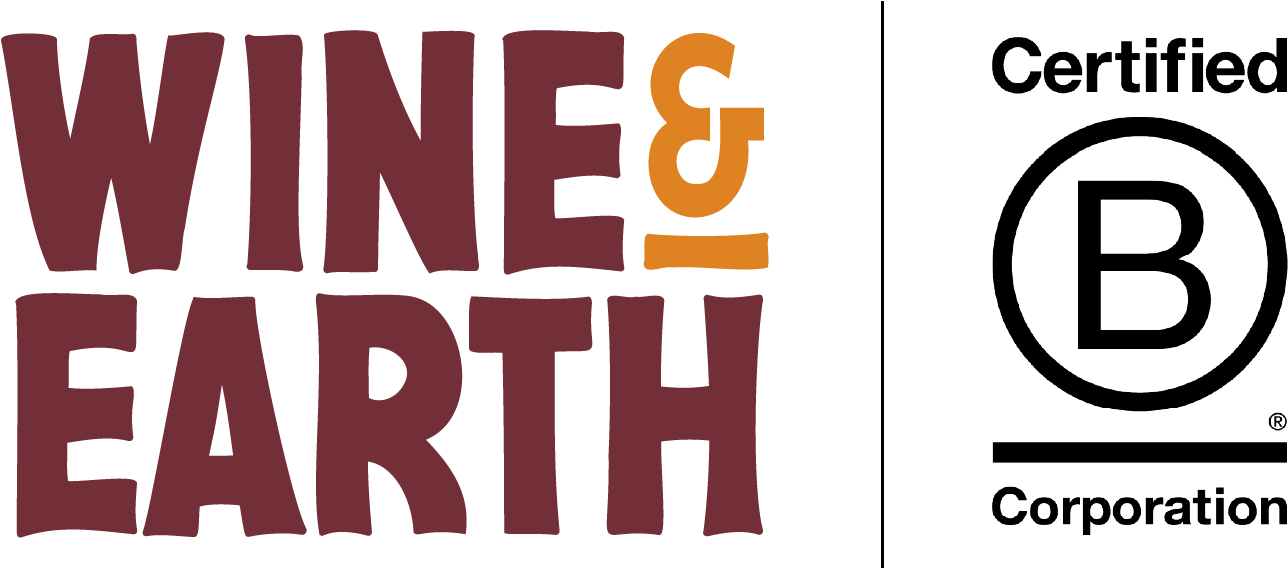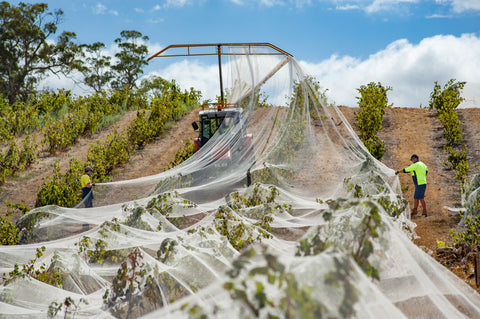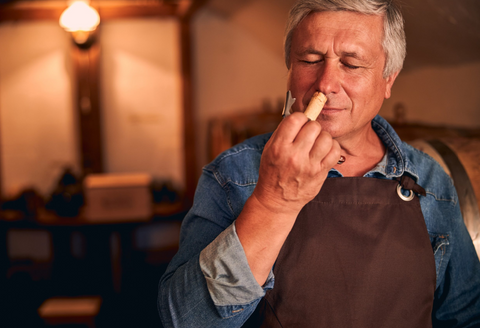The wine industry is constantly changing and evolving as new methods are being developed and adopted. However, there are a few external influences of recent years that are helping to shape the wine world. Here are some of the extreme changes in the areas of viniculture, and the marketing & sales of wine, due to technological progress.
Technology in the vineyard
No surprise that at the top of the topics is technology. Winemakers and grape growers are taking to the air (albeit from a screen) and embracing the uses of drones and other technological equipment involving robotics among the vines. The availability of advanced technology nowadays is assisting in and improving the grape growing process.
Sensors at ground level are assisting with soil management and informing the grape growers with vital information such as soil moisture content and when is the optimal time to water the vines. In the skies the drones can check and detected for signs of disease and drought, as well as gathering data regarding the ripeness of the fruit. And at ground level robots move in-between the wines (with their scissor-like hands) roaming through the vineyards pruning vines.
Emerging new wine regions due to Climate change
Climate change has had a great impact on the wine industry. Best practices, within the vineyards, of long-a-go are having to be redesigned and managed in this ever-changing climate. Now due to this change in the climate, new wines regions are emerging from countries who no one would ever have thought would have been on the world wine map. Countries like the Netherlands, Sweden, and Norway are now starting to produce some first-class wines. While in the established wine world, wineries are heading to higher grounds and altitudes to try and combat some of the effects that climate change is having in their areas.
The findings of these wineries at high altitudes conclude that because of the altitude the grapes are exposed to lower temperatures and higher solar radiation, the UV rays can infiltrate the skins more effectively, thus ripening the of the seeds occurs. As well as the skins reaction to the UV rays makes them grow thicker.
The effects of the UV rays on the grapes coupled with sometimes limited water resources at higher altitudes leads to a higher ratio of flavour producing compounds to water within the grape, which leads to the grapes showing more concentrated flavours in their wines. And the thicker skins means that when it comes to the winemaking steps of soaking and fermentation, a richer flavour and a higher intensity of phenolics develop.
Sustainability and the growth in popularity in eco-friendly wine
Sustainable farming methods are on the rise with winemakers now opting to use solar power in their wineries and or using eco-friendly solutions for their logistics needs, both which help to minimize their carbon footprints. The millennial generation is now also catching onto this trend and opting only to buy wines which state (on the label) that it is organic, sustainable, and eco-friendly.
New trends in taste
The consumption of wine in China is on the rise, thanks largely to younger female millennials. Previously in China, mainly only red wines from high-end producers from areas like Burgundy and Bordeaux were purchased. However nowadays the younger generation are opting for white wines and are keener to try new and different varietals. This upsurge has increased the demand for wine and countries like Australia are particularly benefiting and making inroads into this previously untapped market.
Local Chinese wine producers are also now shifting their focus away from mainly reds and looking to the future and the current trends developing within their own country, they are now producing world-class whites.
Another trend which has seen an upsurge in popularity is that of low alcohol and non-alcoholic wines. Producers are pushing the boundaries and producing wines either low in alcohol or alcohol free while at the same time still retaining a balanced and complexity in the wine.
In a study of drinkers who drank red wine, gin, and non-alcoholic red wine. The people who drank the non-alcoholic wines showed blood pressure levels significantly lower than those who consumed the red wine and gin. Thus, concluding a lower ABV in your drinks, is healthier for you.
Re-inventing the wine bottle
The traditional 750ml glass bottles have been the standard for wine since the beginning, but now may be on the decline in popularity in the single serve wine department. Nowadays, ‘wine in a can’ or ‘aluminum bottle’ are on the rise and gradually being seen on the shelves in some countries.
Perhaps this trend has to also do with how the younger generations are moving away from caring about appellations or fermentation (something the mature consumer would consider when making a purchase) but are rather opting for ‘easily approachable’, and the fun and cheeky brands with great tasting wine.
Last drop...
The wine industry is changing and what an exciting time it will be over the next few decades to see even more new waves of technology enter the market and industry and how it will forever change the landscape of the industry as we know it.





Comments (0)
There are no comments for this article. Be the first one to leave a message!